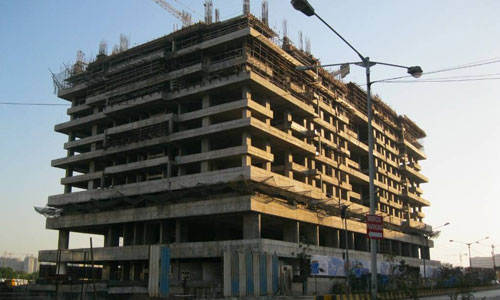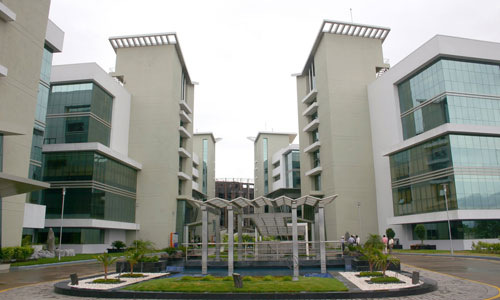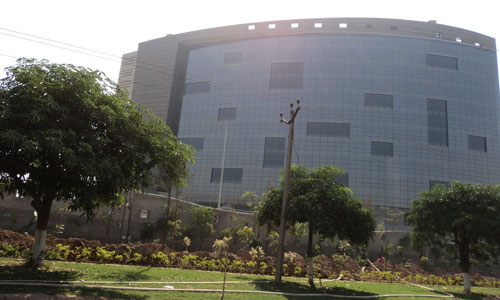
Sunteck Realty to buy 10 acre in Mumbai suburb for Rs 350 cr
Sunteck Realty has reportedly entered into an agreement to acquire over 10 acres land parcel in Goregaon suburb of Mumbai for nearly Rs.350 crore.

Sunteck Realty has reportedly entered into an agreement to acquire over 10 acres land parcel in Goregaon suburb of Mumbai for nearly Rs.350 crore.

According to the 2011 census, the Mumbai Metropolitan Region has over 23.5 million people. To house this population on the ground floor, assuming a household size of 4 and dwelling units of 900 sq ft per family which are laid wall to wall, we would need 121,384 acres of contiguous land.

In India, investor interest is also seeing a slowdown on account of the lower absorption of new developments and the disparity between investment returns and capital values.

Market report has it that commercial realty is continuously going into red. A Report by the Royal Institution of Chartered Surveyors (RICS) suggests Indian commercial property market has lost momentum in Q3 with the capital values turning negative for the first time since 2009.

With benefits under STPI scheme gone and deadline to fully avail SEZ benefits set for March 2014, demand for SEZ space is expected to witness some momentum in 2012.

Amidst the turbulence of many of the world’s largest economies, particularly in western markets such as the US and European economies, the broader macro economic outlook in Asia is encouraging.

Global financial uncertainty, shrinking demand, liquidity crunch, repo hike and demand-supply mismatch…all is not well with the commercial real estate in India.

India has the second largest population in the world and is expected to overtake China by 2025. Fulfilling the housing needs of the Indian population which is growing at 1.41% annually is a tremendous challenge for the government today.

As the real estate sector in the country stands at a critical juncture, the performance of this sector will be largely governed by the following drivers.

Economic growth and real estate performance are two significantly intertwined characteristics. It is widely accepted fact that demand for real estate space is drawn and influenced from economic environment.
